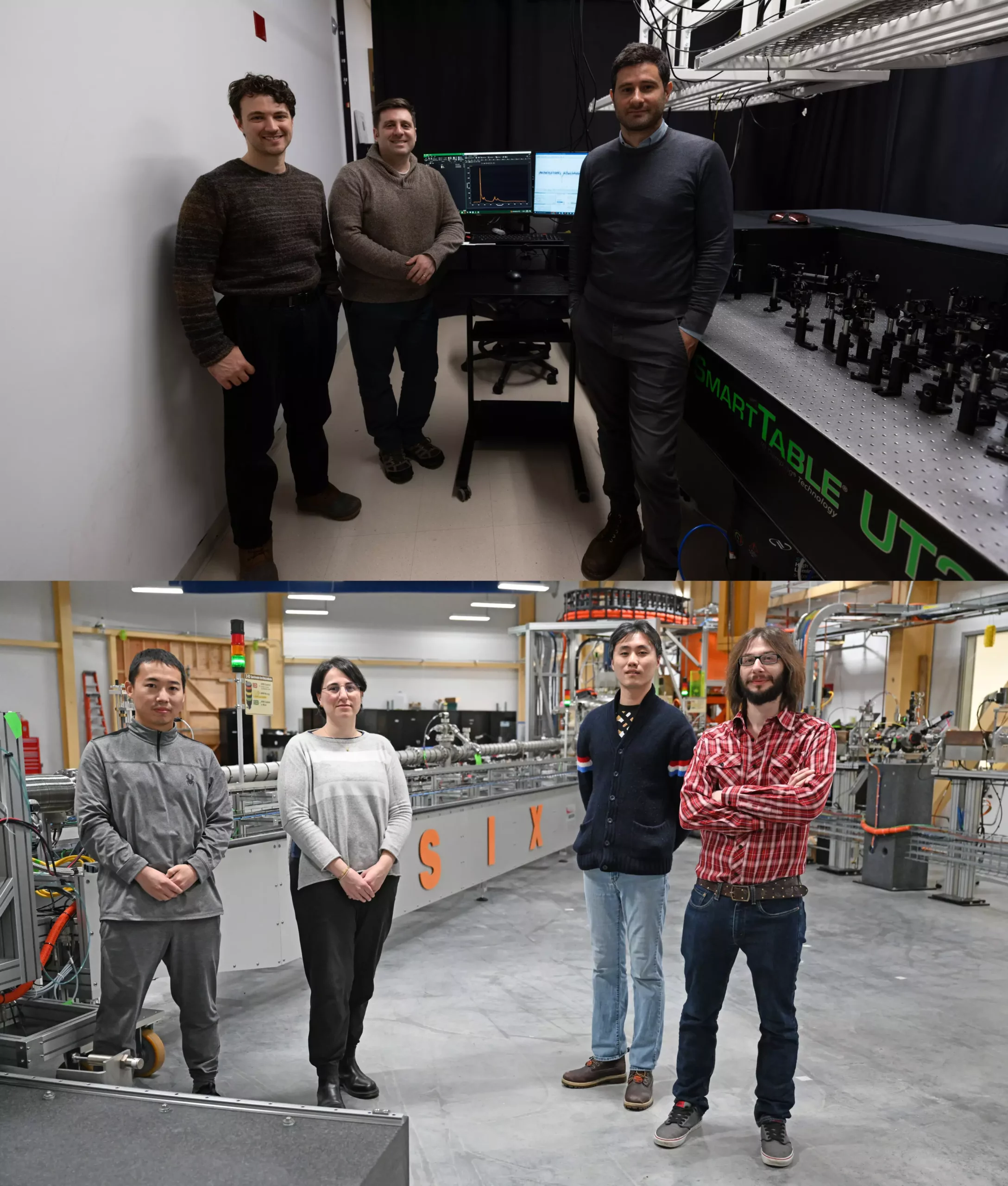Single-photon emitters (SPEs) play a crucial role in the development of quantum technology, serving as microscopic lightbulbs that emit only one photon at a time. These structures are essential for applications such as secure communications and high-resolution imaging. However, many materials containing SPEs are not practical for mass manufacturing due to their high cost and complexity. In 2015, researchers discovered SPEs in hexagonal boron nitride (hBN), sparking new interest and applications across various quantum fields.
A recent study published in Nature Materials sheds light on the properties of hBN and provides insights into the origins of SPEs within the material. The study was a collaborative effort involving researchers from the Advanced Science Research Center at the CUNY Graduate Center, the National Synchrotron Light Source II (NSLS-II) at Brookhaven National Laboratory, and the National Institute for Materials Science. By combining expertise in photonics, physics, and instrumentation, the team was able to uncover fundamental energy excitations in hBN.
Through advanced techniques utilizing X-ray scattering and optical spectroscopy, the research team identified a specific energy excitation at 285 millielectron volts in hBN. This excitation leads to the generation of harmonic electronic states that give rise to single photons. The discovery of these harmonics correlates with previous observations of SPEs and explains the variability seen in earlier research. The identification of this energy scale provides a unified explanation for the properties of SPEs in hBN across different experiments.
While defects in hBN are responsible for its unique quantum emissions, they also present challenges in research. Defects are localized and difficult to replicate, making them complex to study. Understanding and replicating imperfections in materials like hBN is crucial for advancing quantum information science and technologies. The researchers emphasize that the findings are not only significant for hBN but also serve as a foundation for studying defects in other materials containing SPEs.
The implications of the study go beyond hBN, offering potential advancements in quantum information science and technologies. By understanding quantum emissions in hBN, researchers can pave the way for secure communications and powerful computation. The ability to connect measurements across a wide range of optical excitation energies opens up new possibilities for quantum research and application. Overall, the study provides valuable insights into the properties and mechanisms of single-photon emitters in hBN and their impact on the field of quantum technology.


Leave a Reply